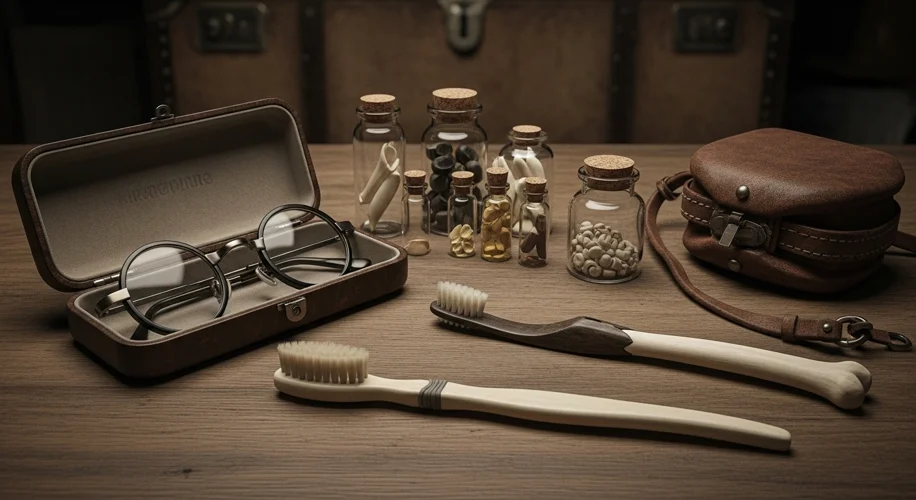It’s fascinating to consider how much travel has changed. My work often takes me to archives and historical sites, and a recent thought experiment about packing for an 18th-century journey got me thinking about the essentials. Specifically, what did people carry for their personal care and well-being?
Imagine embarking on a journey across Europe in the 1700s. Forget the neatly organized toiletry bags of today. Travelers then were dealing with very different challenges. The concept of hygiene was evolving, and personal care items were far from standardized. What we take for granted – like contact lenses, retainers, or easily accessible medications – simply didn’t exist in the same form.
For those requiring vision correction, spectacles were the norm. These were often bulky, with frames made of metal or even bone. Keeping them clean and protected was a concern, likely involving a sturdy case. Unlike our disposable contact lenses, there were no daily wear options. Glasses were a significant accessory, and for many, a necessity.
Dental care, too, was a different world. While toothbrushes existed, they were often made with animal hair bristles set into bone or ivory handles. Mouthwashes might have been concocted from herbs or even wine. For those with dental work, retainers as we know them were not an option. Dentures were typically made from ivory or animal teeth, and while there were early forms of fixation, the idea of a discreet, modern retainer is a world away.
Medications were also handled quite differently. Instead of a small pill organizer, travelers might carry a collection of vials containing tinctures, powders, or salves. Apothecaries were the source of these remedies, and the ingredients could range from plant-based compounds to more exotic substances. Understanding dosages and effects was often less precise than today’s pharmaceutical standards.
Think about the practicalities. Luggage design was also crucial. While my Osprey Fairview is a marvel of modern engineering, an 18th-century traveler might have used sturdy leather trunks, possibly reinforced with wood or metal. Packing them efficiently meant not just carrying essentials but also protecting them from the elements and the jostling of travel, often by coach or ship.
These personal care items, though seemingly mundane, tell a story. They reflect the available technology, the understanding of health and hygiene, and the daily realities of life centuries ago. It’s a powerful reminder of how far we’ve come, and a great way to connect with the past through the objects people used every day.

